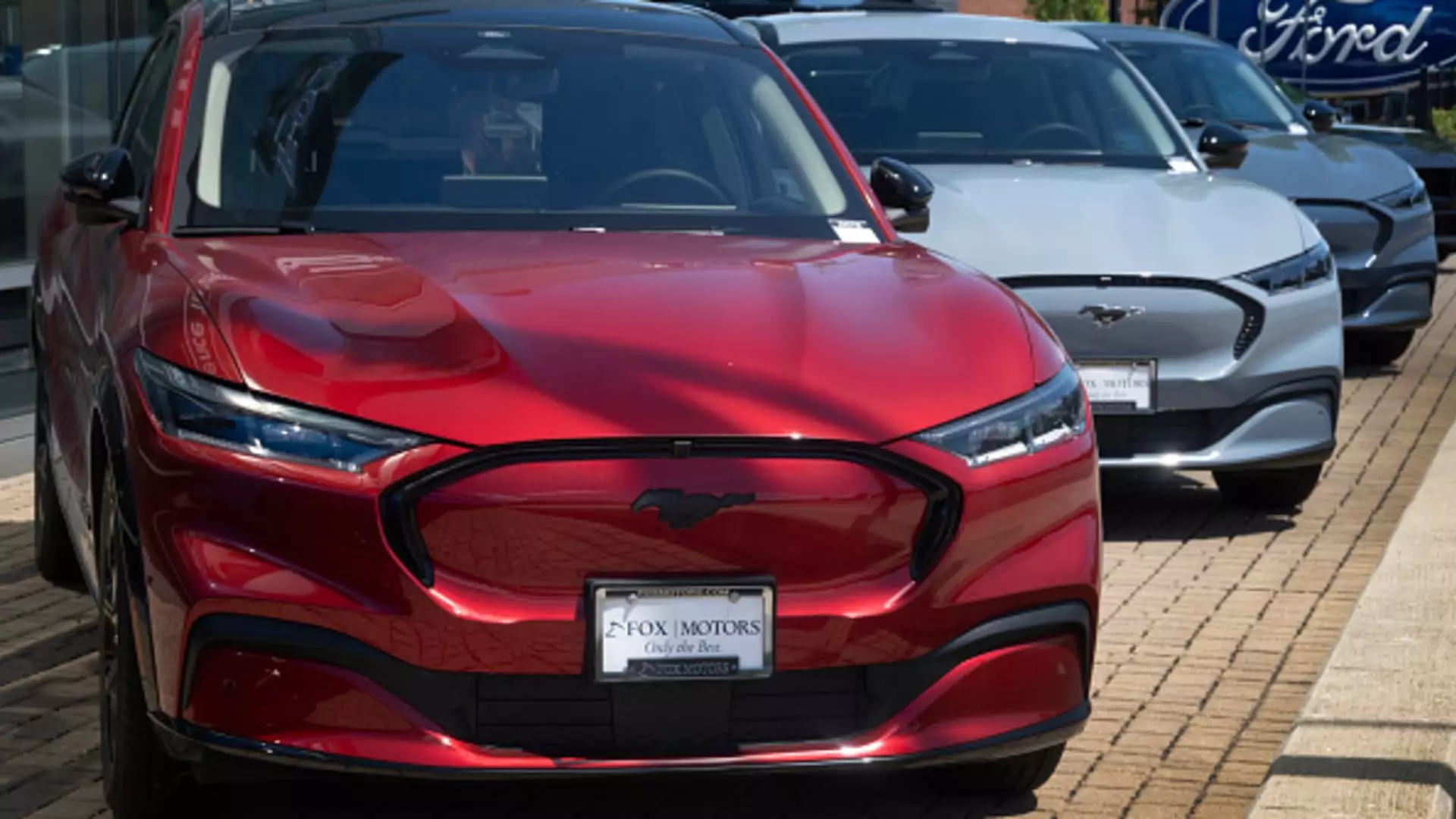In the second quarter of the year, Ford saw a 1% increase in sales compared to the same period last year. The driving force behind this growth was a 5% increase in truck sales. This includes pickups and vans, with a total of 308,920 vehicles sold, marking Ford’s best second-quarter performance for this category since 2019. Among the trucks, the F-Series stood out with total sales of 199,463 vehicles.
In addition to the strong performance in truck sales, Ford also saw significant growth in the sales of electric vehicles (EVs) and hybrid vehicles. Sales of Ford electric vehicles totaled 23,957 during the second quarter, representing a 61% increase. The popularity of models like the Mustang Mach-E and F-150 Lightning have been attracting new customers to the brand. Furthermore, sales of hybrid vehicles reached 53,822, a 56% increase and a new quarterly sales record for Ford in this segment since it first began offering hybrid models over 20 years ago.
The rise in sales of electric and hybrid vehicles for Ford comes at a time when automakers are making a concerted effort to transition towards more environmentally friendly options. With tighter federal fuel efficiency standards looming, hybrid vehicles have become a crucial bridge to ease the transition to full electric vehicles. Ford, like many other automakers, is investing heavily in both hybrid and electric technologies to stay ahead of the curve and meet the growing demand for cleaner transportation options.
The news of Ford’s sales growth in the second quarter coincides with a similar trend for its crosstown rival, General Motors. Despite economic challenges and supply chain disruptions, both Ford and GM have managed to outpace expectations with modest sales increases. This stands in contrast to industry forecasts, which predicted flat year-over-year sales for the overall market. The strong performance of both automakers indicates a resilient market and a willingness from consumers to embrace new technologies in the automotive industry.
Ford’s sales performance in the second quarter showcases a successful blend of traditional truck sales with a rising demand for electric and hybrid vehicles. By staying agile and innovative in its product offerings, Ford has managed to attract new customers and stay competitive in a rapidly evolving market. As the automotive industry continues to undergo significant changes, Ford’s ability to adapt and thrive sets a positive precedent for the future.

